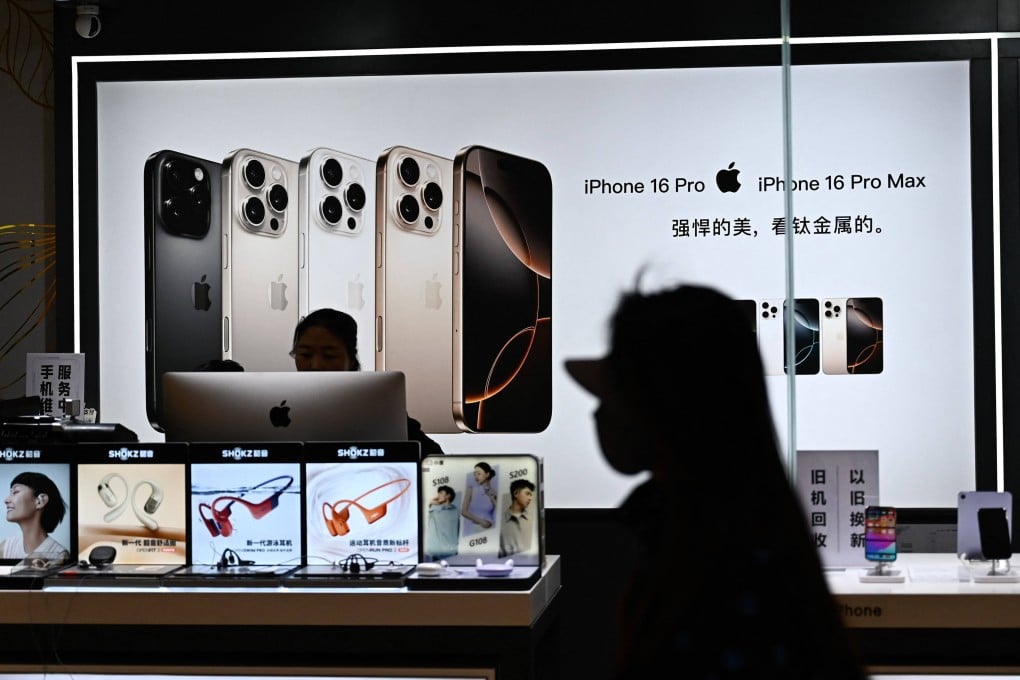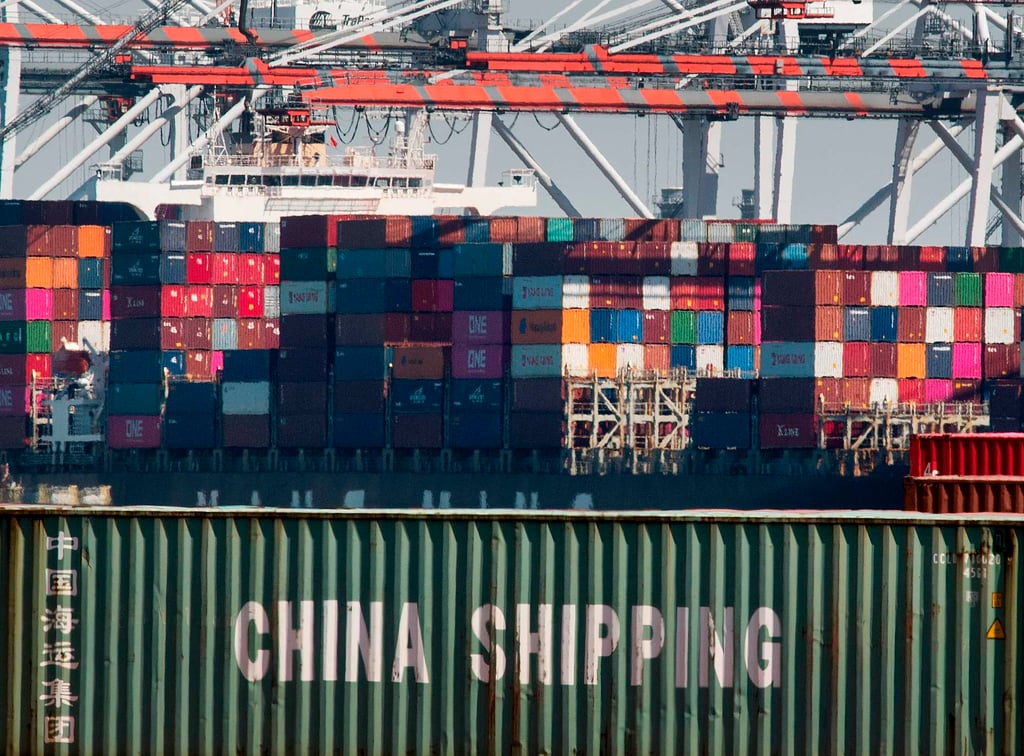My Take | China searches for new role in global trade system as US puts faith in tariffs
China’s marathon quest to join the global trade system started as early as 1986, when its economic size and foreign trade were both tiny

On November 15, 1999, when the US and China reached an agreement on the terms of China’s accession into the World Trade Organization (WTO), students in my dormitory were full of joy watching the news on a tiny television hanging from the ceiling. As junior students at China’s top trade school, the only university under China’s foreign trade ministry, we were excited to see the country’s new status in the global trading system.
In classrooms, many professors proudly talked of, or even bragged about, how their theories – echoing those from Adam Smith and David Ricardo – had finally won the debate over whether China should join the General Agreement on Tariffs, and later the WTO, after discussions on tariff levels, among other things, with capitalist countries such as the United States.
After all, a hallmark of China’s “century of humiliation” was that the central government had lost control of its customs and import duties. So the argument against joining the WTO was, why should the People’s Republic of China, after half a century of independence, again make concessions to the imperialist powers to allow their products, such as cars, to flood the Chinese market?

The Chinese leadership at the time made the decision that the country must join the global trade system. Beijing’s aspirations to be embedded in a globalised economy pushed aside opposition from those with a nationalist sentiment. In fact, the China-US deal came as a surprise as it was only six months after US-led Nato forces mistakenly bombed the Chinese embassy in Belgrade, triggering massive anti-US protests in Beijing and other major cities.
In fact, China’s marathon quest to join the global trade system started as early as 1986, a time when the country’s economic size and foreign trade were both tiny, and the process was repeatedly stalled. Back then, China had to win the approval of the US, the guardian and promoter of world trade at the time, to join the exclusive club. With the 1999 bilateral agreement, China became an official member of the WTO in 2001. The rest is history.
Fast forward to 2025, and I can’t help wondering how the world has changed. China has swapped roles with the US to become the most vocal defender and supporter of free trade, while the US president is an ardent fan of tariffs.
If the US retains its 145 per cent duties on Chinese products, most Chinese exporters are likely to lose access to the US market, cutting off the biggest source of China’s trade surplus. Therefore, decoupling of the world’s two largest economies will become a reality. Looking at the long-term perspective, as Washington is destroying the trade system it played a leading role in building, China has to seriously think about the future global trade system and its role in it.
